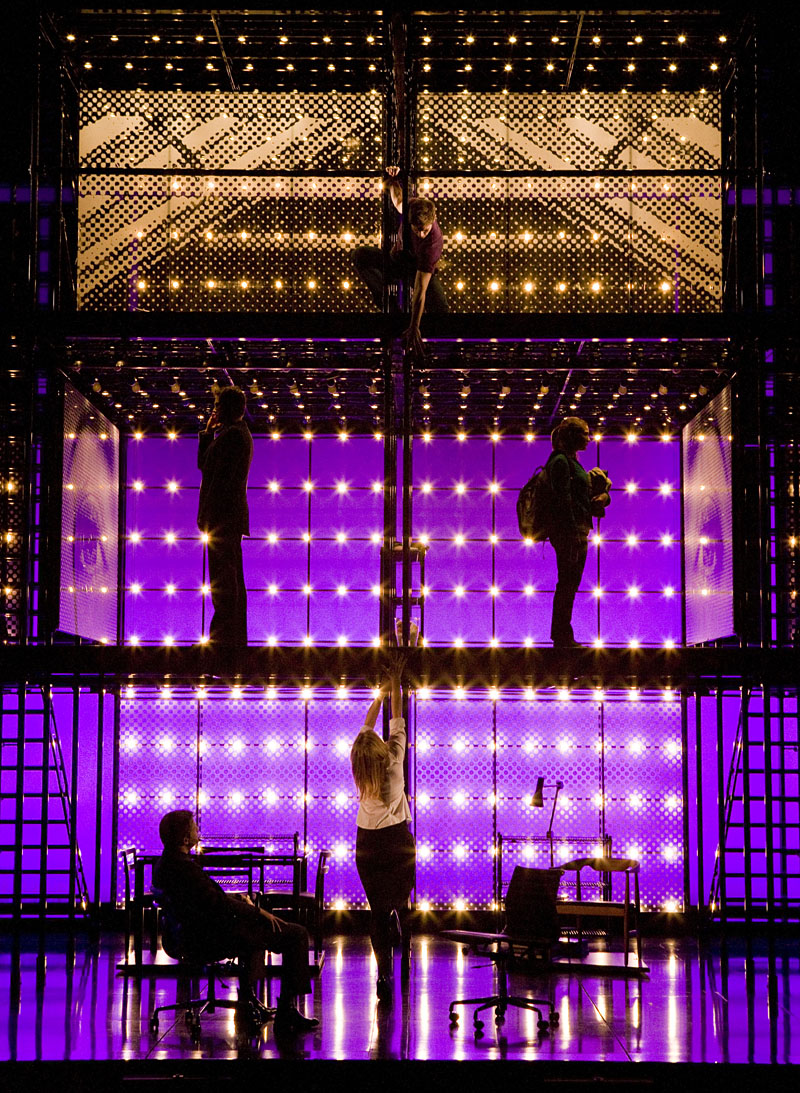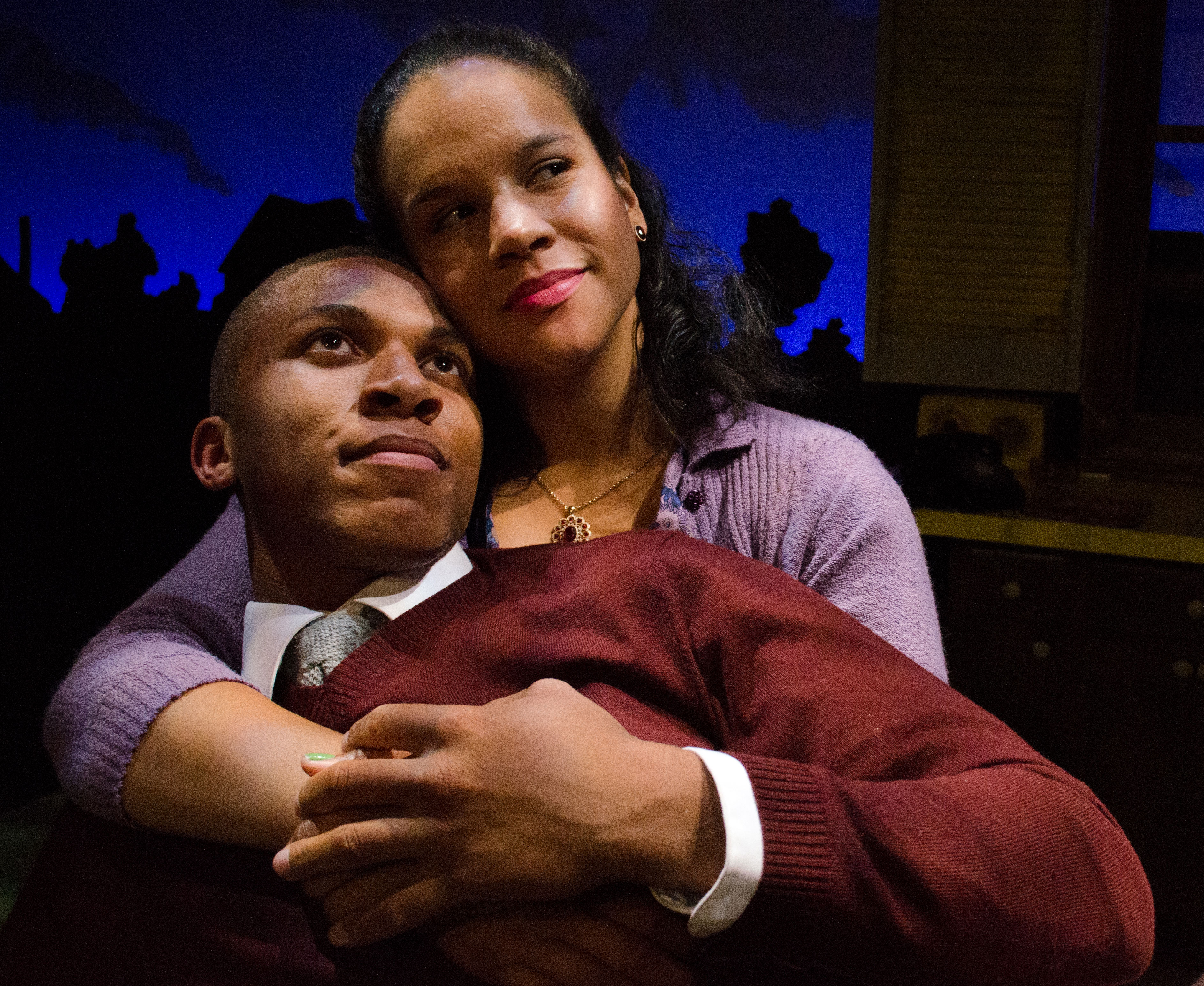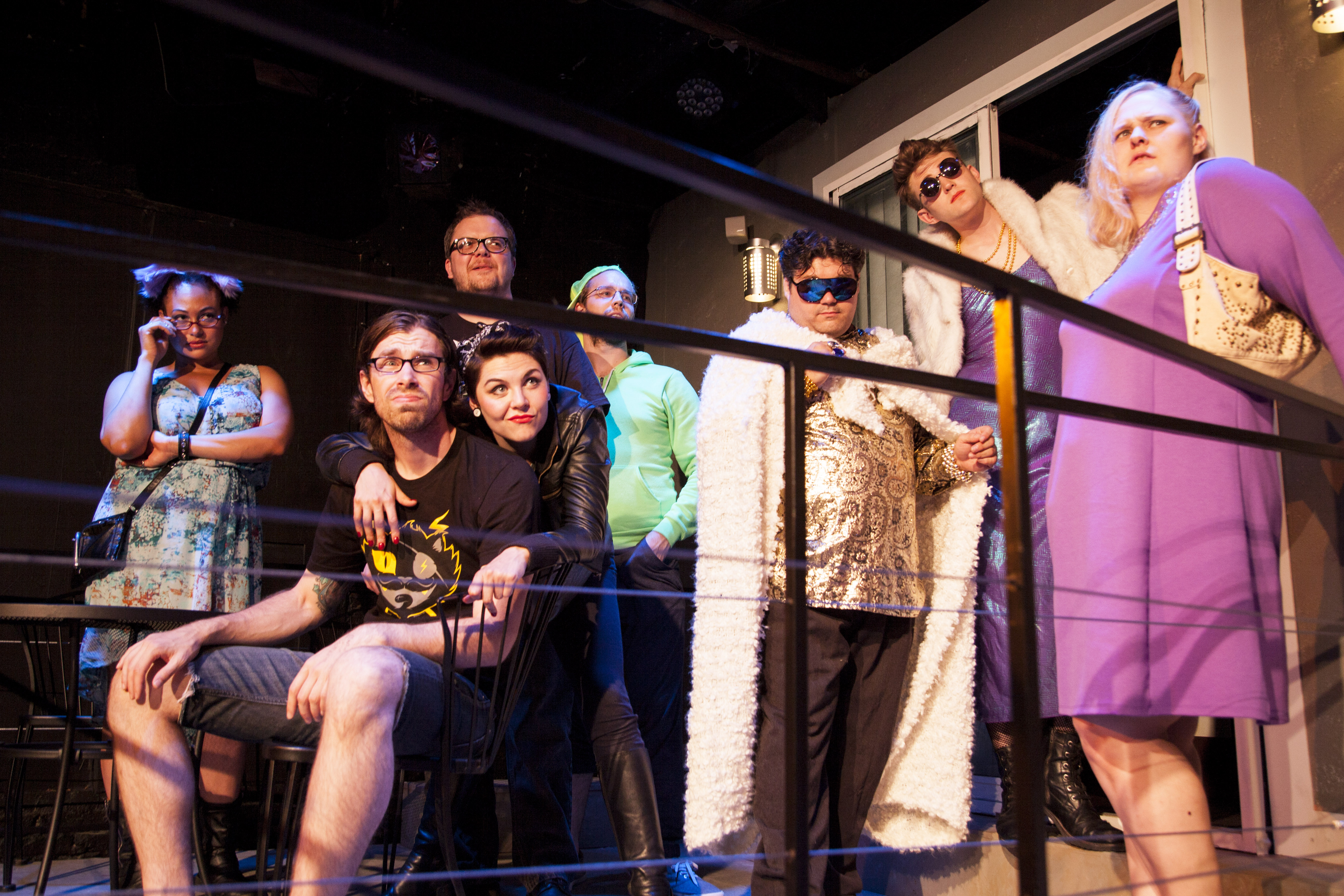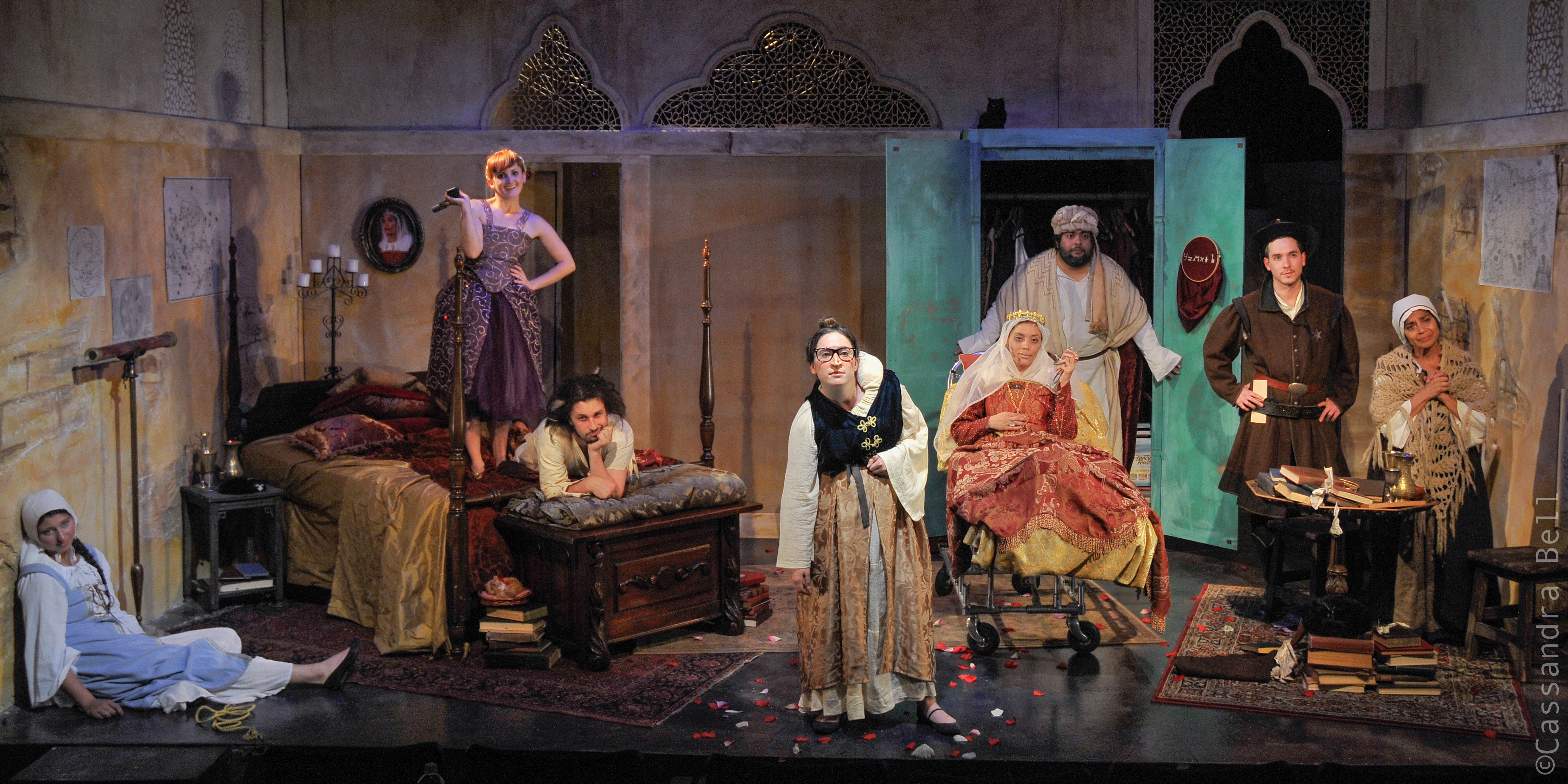It’s the hoariest of Broadway formulas—with a twist: Girl meets boy, girl loses boy . . . girl undergoes electroshock to make sure he stays gone. In truth, there’s nothing conventional about Next to Normal, or the bus-and-truck tour featuring its original Tony Award– winning star.
To begin with, this tragicomic musical tracks the painful unraveling of a middle-class family whose matriarch, Diana, is crippled with bipolar disorder and depression. What’s worse, the only one who really understands what she’s going through, it’s disclosed early on, is the dead son who lives only in her fevered imaginings. Diana’s husband is the typical American male who believes that there’s a proper pill and therapy regimen for everything, and their daughter seems intent on following in Mom’s footsteps with an equal predilection for pharmaceuticals.
Not exactly Oklahoma!, is it? But this Pulitzer-winning show, co-created by Issaquah’s Brian Yorkey (and workshopped at Village Theatre), is an audacious, plaster-chipping dissection of family ills and mental illness. Sure, it’s loud—but so are the forces at war inside Diana’s mind.
Tom Kitt’s music is a ferocious barrage of volcanic showpieces and slashing power chords that chase the terrific vocalists around the stage in one showdown after another. In the audience, you feel like you’re in the old Maxell audiophile ad—only here, you’re the one experiencing those sonic booms roaring from the house speakers. There hasn’t been a musical so welded to high-decibel rock sounds since Tommy. Kitt and Yorkey start with the brilliant metaphor of rock music as brainstorm, then they crank that puppy up to 11.
With passion to burn and so much talent swaggering across the Op-Art, multilevel scaffolding that serves as both a set and a dazzling light show, what could possibly go wrong?
Well, you’d be surprised that the weakest link of the show is its veteran star, Alice Ripley. As Diana, Ripley brings the mental pain of her character to each moment. But as a singer, she’s all over the place. After 700-plus shows on Broadway, she’s developed the most annoyingly affected vowel problem heard since Anthony Newley warbled “What Kind of Fool Am I?” back in the ’60s. When she’s singing staccato, the lyrics are intelligible enough. But whenever she stretches out a line, the consonants are drawn out like Bob Dylan singing, “How does it feeLLLLL?” Her every utterance becomes a mystery. It’s frustrating, because she’s carrying plot points in these songs, and suddenly you’re in the same situation as Diana after a manic episode: You have no idea where you are or how you got there.
Everyone else in the show is killing it. Though they seem in short supply in Yorkey’s book, Asa Somers finds moments of compassion in his performance as Diana’s beleaguered husband Dan. As daughter Natalie, Emma Hunton has an elastic and expressive alto that’s tailor-made for the piece, and Curt Hansen sizzles as Gabe, the lost son with a death grip on his mom’s fragile psyche.
Next to Normal won its Pulitzer for best drama last year, but maybe drama isn’t quite the right category for this blast from the cast. This is one show that actually does defy easy descriptions, so don’t go expecting another sweet treat from the Great White Way. If you’ve got an itch for something completely unique, a show that would rather shred than patronize its audience, Next to Normal is next to perfect.








